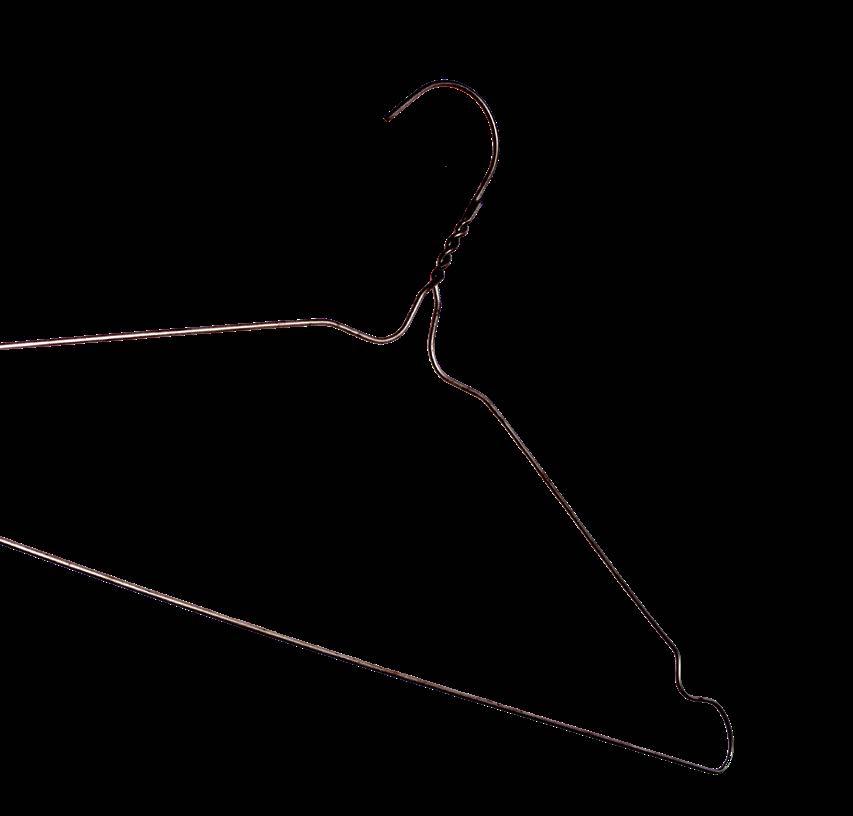
2 minute read
5 Steps to Optimal Merchandise Management
LAUREN PARKER

The customer journey has never been more complicated—or unpredictable. Today, getting assortment planning right means prioritizing e-commerce, adopting the latest tools and leaning into the right data. As the apparel industry attempts to shake off the damaging effects of the global pandemic, retail executives are tasked with learning new ways to think about their inventory and how to get it to where it needs to be.
Here, Brad Eckhart, partner at Columbus Consulting, and Liza Amlani, principal and founder of Retail Strategy Group, share the advice they provide to their retail clients as those retailers grapple with the best way to manage merchandise now.
1THINK LIKE AN ETAILER With so many transactions happening online, even the most traditional retailers must shift their perspectives.
“A digital-first assortment allows a merchant/planner to optimize their assortment online prior to planning their physical store assortment, offering up many SKUs and colors without the constraints of the physical limits of the shop floor, fixture capacity, visual merchandising directives and stock room capacity,” said Amlani, who came up the buying ranks at retailers like Holt Renfrew and Club Monaco. retailers should be to evaluate their order management systems (OMS). A successful OMS has the ability to manipulate parameters that leverage in-store inventory for online order fulfillment,” he said.
2GAIN AGILITY The only way to meet the needs of today’s dynamic retail landscape is to gain visibility across all channels, according to Eckhart, whose expertise comes from senior planning roles at companies like Finish Line and Juicy Couture. “When it comes to inventory management, the first priority for omnichannel fashion 3 GO LOCAL “Fashion retailers should also utilize systems that track demand across channels at the geographic level. This helps develop assortments for brickand-mortar stores that not only address instore demand but online demand in each specific market, making product available closer to the customer, and therefore reducing the shipping time and cost to the customer,” Eckhart said.
4TAP DATA PROS Amlani said retailers must lean into data scientists to better leverage the influx of the signals at their fingertips. These skilled professionals can surface valuable insights from “disorganized” data. “Visibility into the data helps you understand the productivity of each SKU,” she said.
5BROADEN YOUR FOCUS Sales patterns are a valuable tool but Amlani said if retailers are only focused on that data, they’re missing out on a host of other meaningful information, like what brings shoppers to their stores and why they’re abandoning purchases.
“In my time at Ralph Lauren, we had the ability to use data around rate of return and sales history to make better buying decisions, but it all comes down to a science. Having the ability to see what customers are searching for, what they are buying and what they are leaving behind will help you use this data to plan better,” she said.








